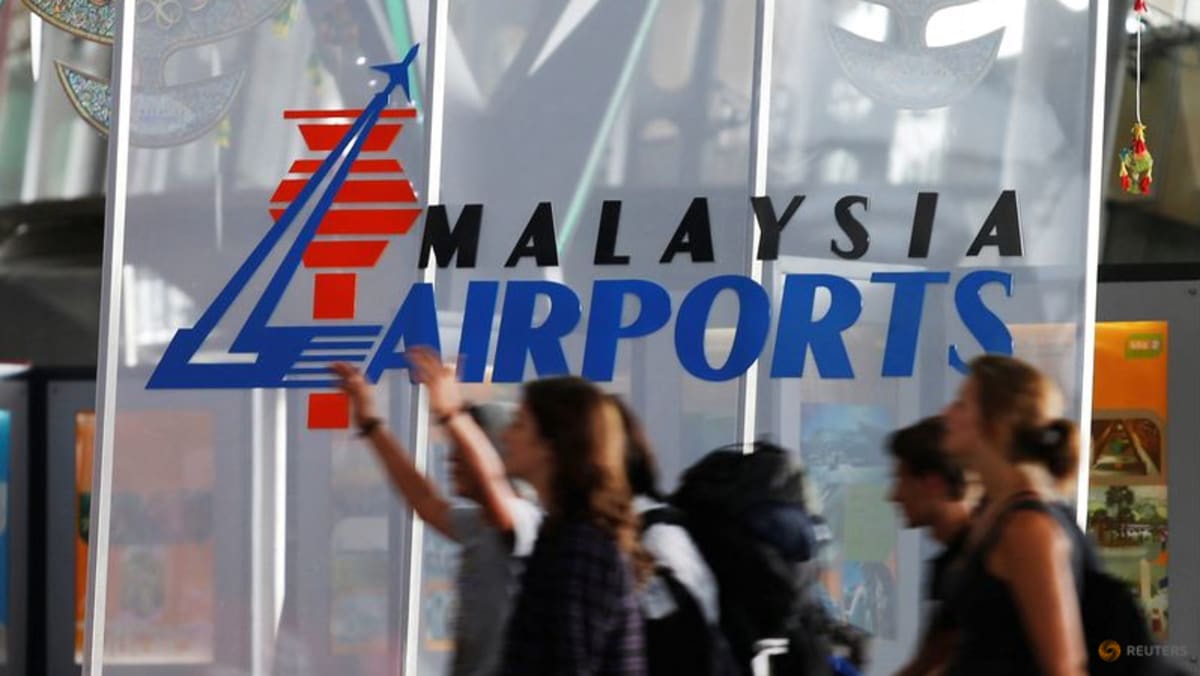On Thursday, July 4, 2024, at 11:23 a.m. local time (0323 GMT), a gas leak incident occurred at Kuala Lumpur International Airport in Malaysia. The gas leak took place at the Southern Support Zone Sepang Aircraft Engineering complex which is separate from the passenger terminal.

Also Read: Hezbollah Fires Over 200 Rockets at Israeli Military Bases
A total of 39 individuals reported symptoms including dizziness and nausea. Fourteen individuals were taken to the air disaster unit for treatment and one person required hospitalization.
All affected individuals were employed by three different organizations operating within the facility. There were no reported impacts on passengers or flight operations.
The Selangor state fire department responded to the incident by dispatching personnel and a hazardous materials team to the site.
The gas was identified as methyl mercaptan, an odorant added to liquefied petroleum gas (LPG) to make leaks detectable by smell.
The leak originated from a skid tank that had been left unattended for nine years. This tank was used to store methyl mercaptan.
Methyl mercaptan is known for its strong odor similar to that of rotten cabbage which helps in identifying leaks.
Emergency crews worked to cover and contain the leak. The tank from which the gas leaked is to be removed and disposed of to prevent such incidents.
Authorities assured the public that there was no immediate risk to passenger safety or flight operations.
The emergency call about the chemical leak was received at 11:23 a.m. local time. The gas leak occurred at an aircraft engineering facility separate from the main passenger terminals of the Kuala Lumpur International Airport.
The chemical involved was methyl mercaptan which is added to LPG for odor detection. The Selangor state fire department along with hazardous materials teams handled the situation.
The gas leak was traced back to an abandoned skid tank that had been neglected for nine years. Authorities confirmed that the incident posed no threat to the safety of passengers or disruption to flight operations.
Also Read: Thompson Fire: Northern California Wildfire Forces 26,000 to Evacuate
Measures were taken to repair the leak and plans were set in motion to remove and dispose of the defective tank.
Thirty-nine workers at the facility reported symptoms of dizziness and nausea. Among them, 14 were transferred to the air disaster unit for immediate medical treatment and one individual required hospitalization.
The affected individuals were employees of three different companies operating within the facility.
The leaked chemical was identified as methyl mercaptan, which is commonly added to liquefied petroleum gas (LPG) to serve as an odorant due to its strong, unpleasant smell similar to that of rotten cabbage.
The source of the leak was traced to an unused tank within the facility. Emergency crews immediately commenced work to patch up the leak with plans to dismantle and dispose of the tank.
Methyl mercaptan exposure can lead to symptoms such as headaches, dizziness, nausea and respiratory issues.
The fire department’s HAZMAT team worked to secure the area and neutralize the leak. Regular monitoring of the affected zone were conducted to ensure the safety of both workers and the surrounding environment.
A thorough investigation is expected to be conducted to determine the root cause of the leak and to hold accountable any parties responsible for the incident.
Methyl mercaptan (CH₄S) is a colorless gas with a distinct smell of rotten cabbage commonly used as an odorant in natural gas and LPG for leak detection.
Exposure to methyl mercaptan can cause symptoms such as headaches, dizziness, nausea and in severe cases can be hazardous to health.
It is used in various industrial processes including the manufacture of pesticides, jet fuel and as an additive to natural gas and LPG.
Also Read: Greece Becomes First EU Country to Implement Six-Day Working Week























